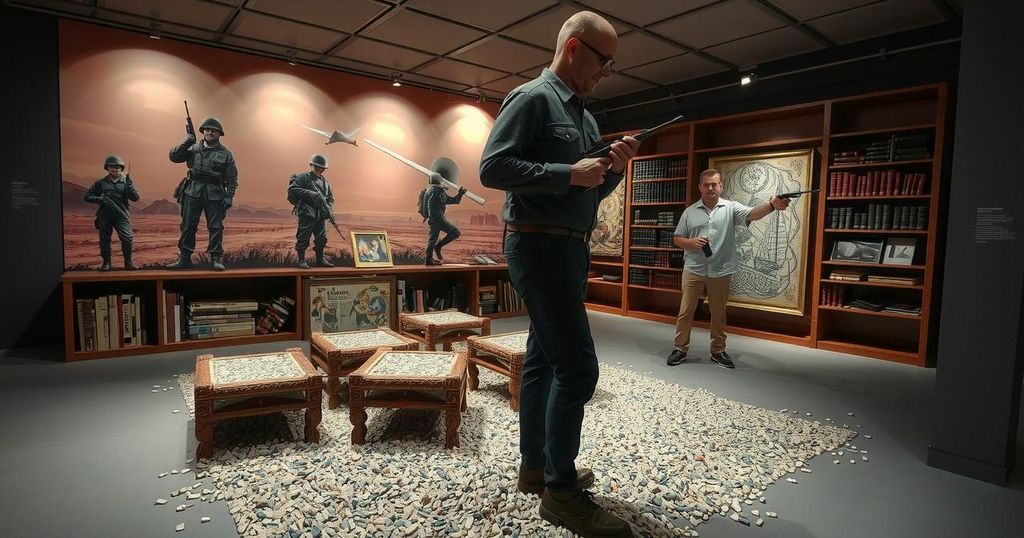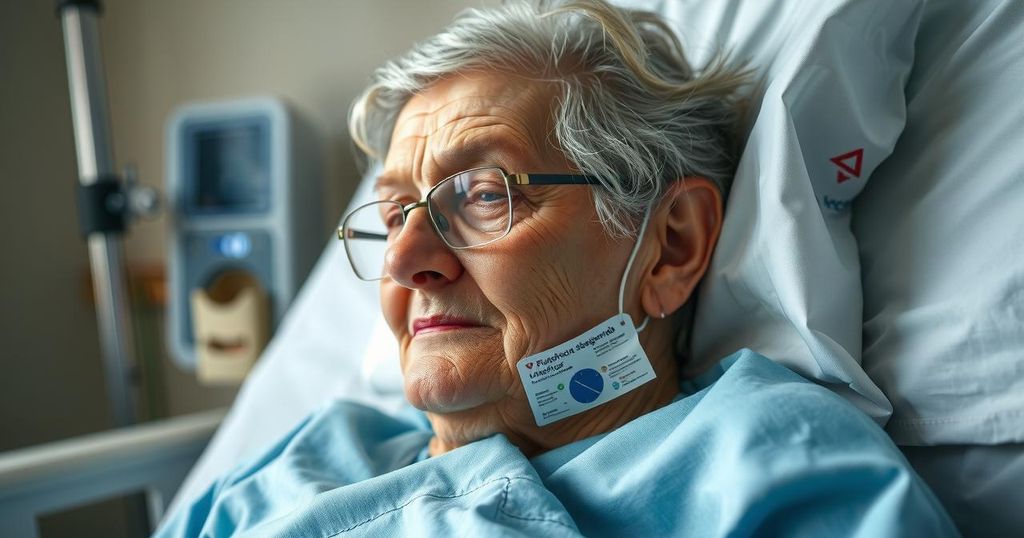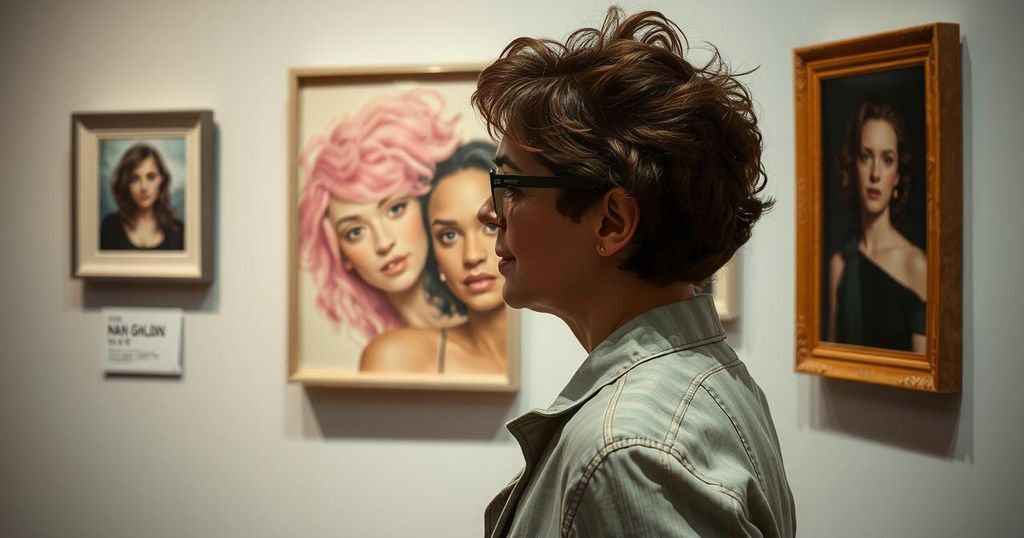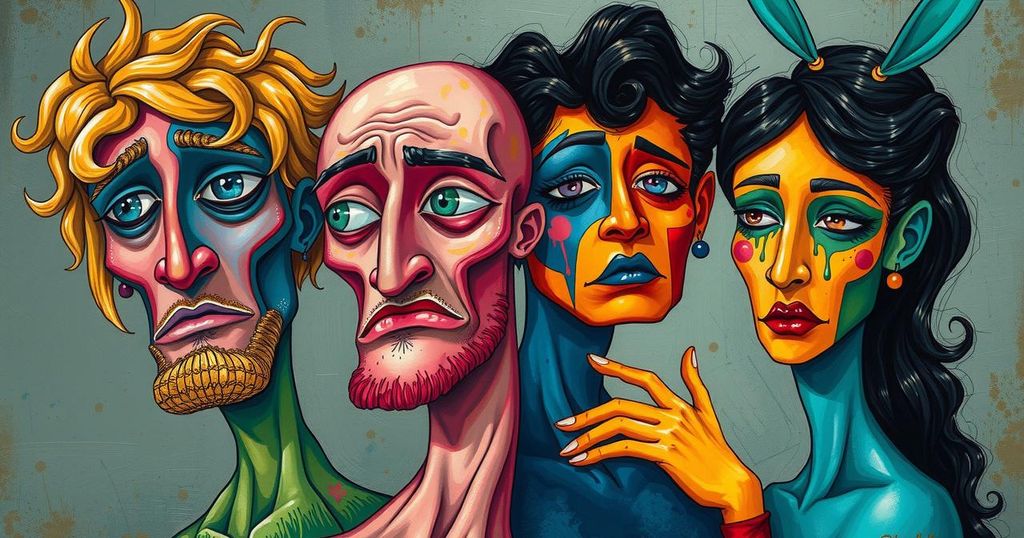Nan Goldin’s recent exhibition opening at Berlin’s Neue Nationalgalerie has ignited significant controversy due to her impassioned remarks regarding the ongoing conflict in Gaza. During her speech, Goldin urged Germany to take the appeals for a ceasefire seriously, emphasizing the need for a nuanced understanding of antisemitism in the context of criticism towards Israel. She argued that the term has been “weaponized,” undermining legitimate discourse on violence against Jews while simultaneously ignoring the rise of Islamophobia affecting Palestinian communities.
Goldin’s views stem from a letter she endorsed in 2022 in Artforum, which called for a ceasefire in Gaza without initially addressing Hamas’s October 7 terrorist attack. This omission led some German media to label her stance as antisemitic. At the opening event, Goldin conducted a four-minute moment of silence for Gaza, prompting reactions from attendees, including the display of Palestinian flags. Klaus Biesenbach, director of the Neue Nationalgalerie, disagreed with Goldin’s perspective during his comments, affirming Israel’s right to exist while also recognizing the suffering of civilians in Gaza.
The discourse surrounding Goldin’s exhibition has also resulted in notable challenges, as she chose not to participate in a symposium concerning antisemitism and Islamophobia, which she claimed was organized without her consent. This led to the withdrawal of several artists from the event, signaling a broader reaction within the artistic community regarding political engagement in art. In response, Biesenbach described the symposium as a platform for necessary discussions on political art amid the current Middle Eastern conflict, asserting that it was planned independently of Goldin’s involvement.
The situation illustrates the delicate intersection of art, politics, and public response, revealing ongoing tensions around discourse related to the Israel-Palestine conflict. Goldin’s position has prompted discussions about the boundaries of artistic expression and the implications of political statements in contemporary art contexts, affirming her role as both an artist and an activist.
Nan Goldin’s exhibition opening at the Neue Nationalgalerie highlights the contentious relationship between art and political discourse, particularly regarding the Israel-Palestine conflict. Her remarks on antisemitism and the need for ceasefire discussions reveal a broader struggle for nuanced dialogues in the face of rising tensions. The fallout from her speech and the subsequent withdrawal of artists from related events underscores the challenges artists face when their work intersects with pressing political issues. The situation calls for a reassessment of the responsibilities of artists as activists and the implications of their public statements.




